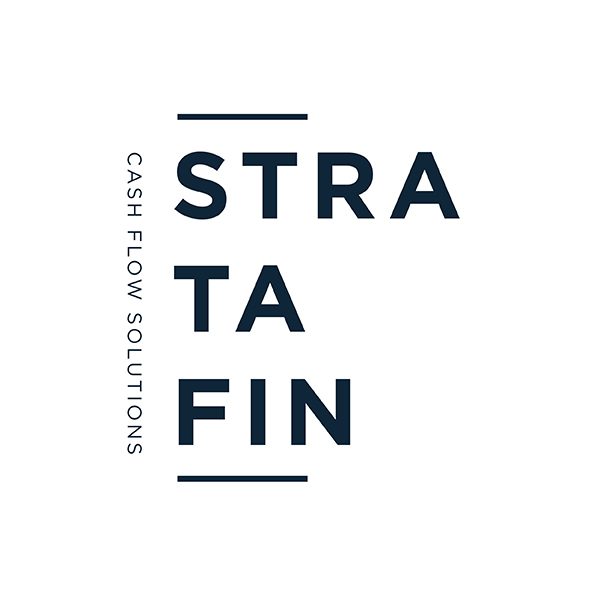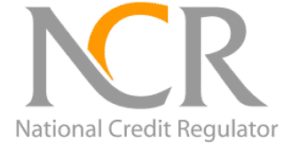Introduction
Making a profit or increasing cash flow for bodies corporate is not the primary purpose or function of a scheme. The statutory nature of sectional title bodies corporate are to collect funds from members to sufficiently cover the scheme’s estimated annual operating costs, and to collect and save funds in the reserve fund that are reasonably sufficient to cover the cost of future maintenance and repair of the common property.
It is important to note that most people have their home as their primary financial investment. Even investment owners who purchase units in sectional title schemes do so in order to make some kind of a profit, either through rental income or through capital profit on sale. For these reasons it is important that sectional title schemes as a whole need to, at least, store money and, at best, grow the individual members capital investment.
In terms of section 3(1)(t) of the Sectional Titles Schemes Management Act 8 of 2011 (“the STSM Act”) the trustees are tasked with doing all things reasonably necessary for the control, management and administration of the common property in the interest and the benefit of the body corporate. This broad statutory function could include maximizing the scheme’s money in the bank or reducing or subsidizing the member’s levy responsibility.
Easy ways to increase cash flow for bodies corporate
Here are a few ways in which bodies corporate can obtain cash flow and, as a result, increase the investment value of the scheme.
Contributions
The first way in which the body corporate obtains funds is through the members contributions toward the annual operating administrative fund and the reserve fund. The amount of contributions collected from each member are limited to what is merely reasonably sufficient to cover the annual operating costs and the cost of future maintenance and repair of common property. In terms of PMR 9(c) the trustees must apply the body corporate’s funds in accordance with budgets approved by the members in the AGM. These provisions seem to limit the amount that can be collected. In my view line items in the budget should include amounts to be collected to keep the scheme’s funds sufficiently “flush” such that the scheme avoids the necessity for taking out loans or raising special levies. For example, in a previous article I suggested that the bodies corporate should include a line item in their budget to make provision for arrear levies.
Special levies
In circumstances where bodies corporate have not budgeted for certain expenses or raised levies sufficient to cover scheme expenses, the trustees can pass a resolution to raise a special levy in terms of sections 3(3) and (4) of the STSM Act. Special levies can only be raised for expenses that are necessary and urgent. This option only serves for a short cash flow solution to cover an expenses that cannot wait to be covered by the following financial year. This unforeseen levy will inject cash into the scheme, but should be avoided as all reasonable foreseen and even unforeseen expenses should form part of the bodies corporate administrative and reserve budget.
Taking out a loan
In terms of section 4(e) of the STSM Act bodies corporate have the power to borrow money required by it in the performance of its functions or the exercise of its powers. The body corporate can only take out a loan on the authority of a special resolution.
Investment of body corporate funds
Section 4(g) of the STSM Act gives the body corporate the power to invest any monies of the administrative fund. The body corporate’s authority to invest moneys extends also to its reserve fund as Prescribed Management Rule (“PMR”) 21(3)(d) states that:
“(3) The body corporate may, on the authority of a written trustee resolution, invest any moneys in the reserve fund referred to in sections 3(1)(b) of the Act in a secure investment with any institution referred to in the definition of “financial institution” in section 1 of the Financial Services Board Act, 1990 (Act No. 97 of 1990).”
The reference to “secure investments” and “financial institutions” limits a body corporate’s investment opportunities to more secure and conservative investment options. This prescribed management rule can be amended by unanimous resolution of the body corporate to allow for riskier investment options and which should specify the level of risk that trustees are authorised to undertake in making an investment and the types of institutions that they can invest the body corporate’s money with. It is important to note that the trustees have a fiduciary duty to the body corporate in terms of section 8 of the STSM Act, and this would include the duty not to subject the body corporate’s funds to unnecessary risks.
Exit levies
Some schemes have made use of exit levies to subsidise their levy contributions. Typically, a levy stabilisation fund is provided for in the scheme’s rules, and is funded by once-off payments, payable by owners when they alienate their units. They are normally calculated by determining a percentage of the profit (the difference between the acquisition price and the selling price or market value of the unit) which an owner has made on his or her unit. These levy stabilisation funds are common in sectional title schemes designed for retired persons, the rationale being that retired persons generally live off a fixed income and cannot afford to pay large increases in their ordinary levies each year. In my view this is an unreasonable infringement of an owner’s proprietory right to take the fruits of his property and is a substantial detraction from the capital value of the units.
Conclusion
In the next article, I will discuss 6 ways a scheme can increase its body corporate cash flow. I will also discuss the effects of doing so, for example the tax implications and distributions of profit.
Written by Dr. Carryn Melissa Durham of Stratafin.







![Case discussion on SS Glen High v Kruger NO ((2023/055133) [2024] ZAGPJHC 1059 (10 September 2024)](https://b2659803.smushcdn.com/2659803/wp-content/uploads/2024/10/OIP-300x200.jpeg?lossy=1&strip=1&webp=1)




